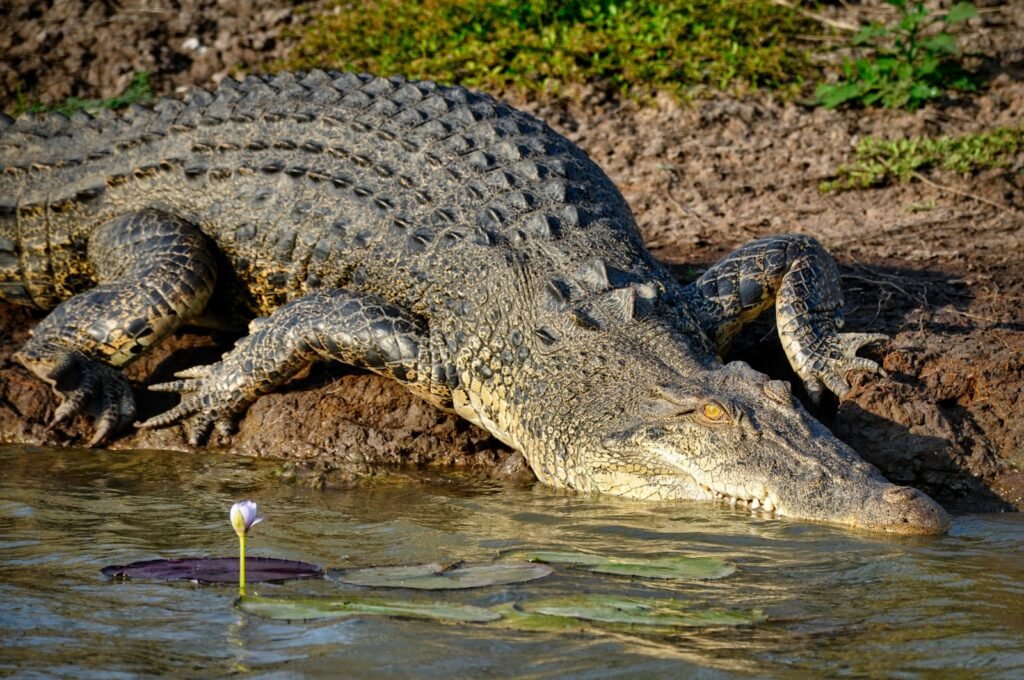Florida’s wild heart is beating faster, and not from joy. Across prairies, islands, and mangrove flats, some of the state’s rarest animals are clinging to survival while heat waves, traffic, and rising seas close in. Scientists are racing to rewrite what we thought we knew about rescue – mixing drones, genetics, and old‑fashioned field grit – to pull species back from the edge. The stakes are immediate: lose these species, and we lose the living systems that buffer storms, pollinate forests, and keep our waters alive. The mystery is whether bold action can outrun the pressure of the moment – and whether we’ll notice in time.
The Hidden Clues
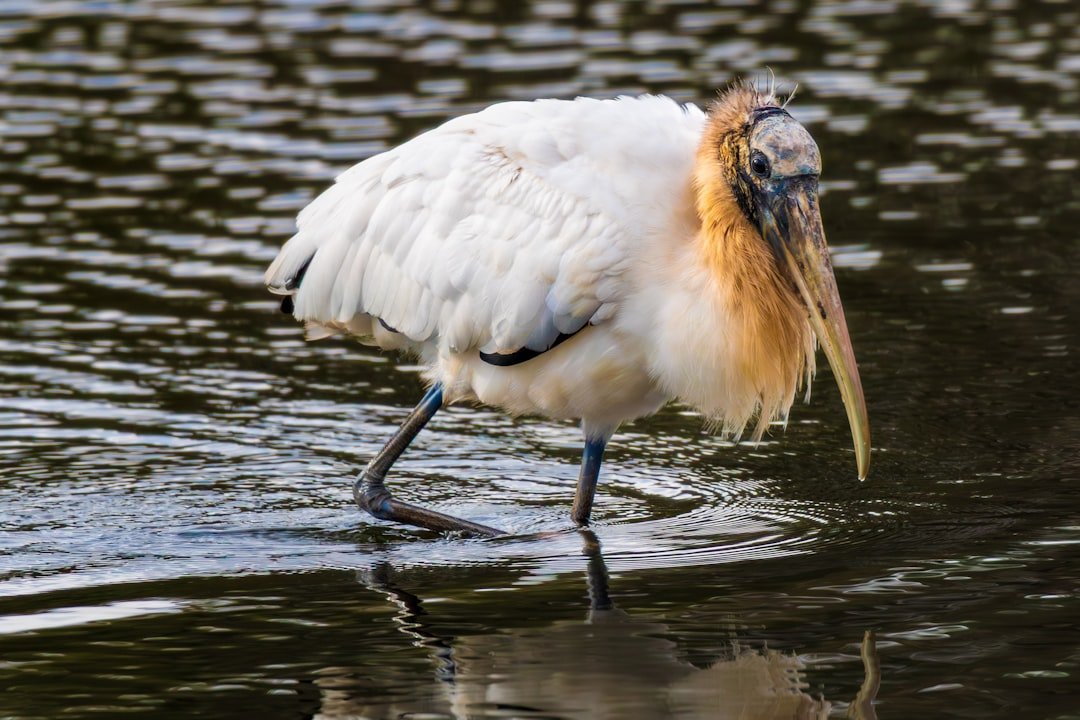
What if the clearest warning signs are the quietest animals? Florida’s endangered roster right now features 11 deeply vulnerable species: the Florida panther, Florida grasshopper sparrow, Cape Sable seaside sparrow, Miami blue butterfly, Schaus’ swallowtail butterfly, Florida bonneted bat, smalltooth sawfish, leatherback sea turtle, Kemp’s ridley sea turtle, Key Largo woodrat, and Perdido Key beach mouse. Each one illuminates a different fault line – roads and sprawl, eroding coastlines, saltwater creeping into forests, and altered fire patterns on prairies.
When I drive Alligator Alley and pass the panther crossing signs, I’m reminded that survival here is measured in seconds: a brake tap, a darker night, a missing fence panel. Look closely and you can see the pattern: habitat squeezed to ribbons, the ocean inching higher, and species forced into narrower lives. These are not isolated stories; together they form a map of Florida’s future.
Big Cats, Small Margins

The Florida panther is still one of the Southeast’s most improbable comebacks – and one of its most fragile. Wildlife officials estimate roughly about one to two hundred adult panthers remain in the wild, the core population roaming south of Lake Okeechobee. In 2024 alone, several dozen panthers were found dead, with vehicle strikes the leading cause, a grim reminder that development and traffic can erase gains in a single season. Even with underpasses and fencing, collisions persist along roads like State Road 29, where drivers and panthers share a fast, unforgiving corridor.
Conservationists are expanding protected corridors and pushing for smarter road design, but every added subdivision tightens the vise. The cat survives – barely – on split seconds and thin green threads.
Coastlines Under Pressure

Along Florida’s beaches and bays, survival swings with the tides. Leatherback sea turtles remain endangered across their range, and Florida recorded substantial leatherback nesting activity in 2024, even as long‑term Atlantic trends look shaky and threats at sea multiply. The world’s smallest sea turtle, the Kemp’s ridley, rarely nests here, yet 2024 delivered a Florida record – roughly a few dozen nests – hinting at resilience if we keep beaches dark and open. Beneath the surface, smalltooth sawfish – Florida’s living fossils with chainsaw snouts – are battling a mysterious spinning illness that has killed scores since late 2023, stumping investigators combing through tissue, toxins, and algal bloom clues.
Sawfish were the first marine fish listed as endangered under the U.S. Endangered Species Act, and Florida remains their last stronghold, making every loss feel like a step toward silence. The coast is telling us something: protect nursery habitats and water quality, or watch these stories end mid‑sentence.
Night Voices, Neon Wings
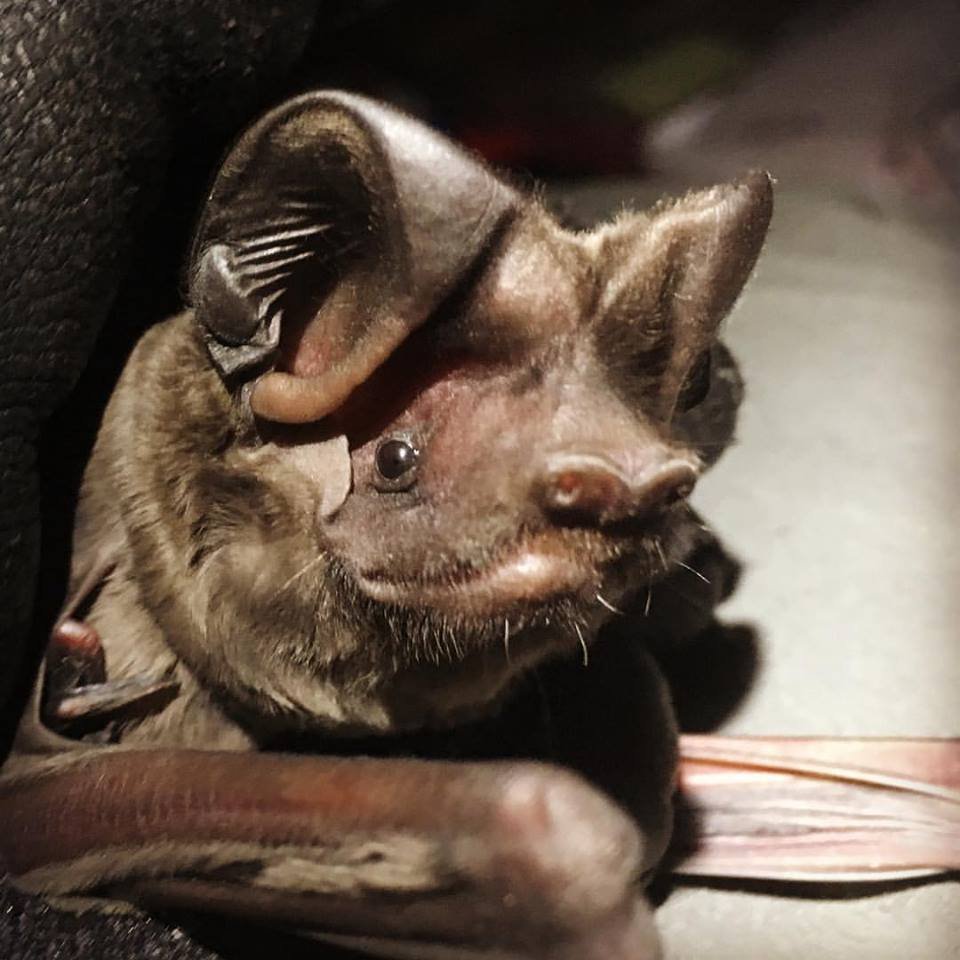
On summer nights in South Florida, the Florida bonneted bat hawks insects over pine and cypress – and nowhere else on Earth. In 2024, the U.S. Fish and Wildlife Service designated about 1.16 million acres as critical habitat for this bat, a sprawling blueprint stitched across thirteen counties to buffer rising seas and development pressure. By day, two tiny jewels – Miami blue and Schaus’ swallowtail – fight their own battles in the Keys and Miami‑Dade hammocks, where storms, pesticides, and habitat loss can erase whole generations.
Miami blue is federally endangered and among the rarest insects in the United States, while Schaus’ swallowtail has rebounded from single‑digit counts to thousands through painstaking captive rearing and releases. These creatures are small, but their needs – dark skies, native host plants, connected forests – outline a big, fixable problem. Save the night, and you save the neon flicker of their wings.
Islands of Survival
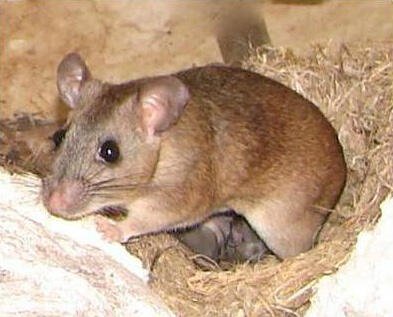
In the Upper Keys, the Key Largo woodrat navigates limestone hammocks that are shrinking under the combined squeeze of development, feral predators, and saltwater intrusion. Federally listed since the 1980s, it now persists as a hyperlocal specialist, its stick nests tucked into the shade of rare tropical hardwoods. West along the Panhandle, the Perdido Key beach mouse threads dunes and sea oats, a sand‑colored ghost that tells us whether storms and bulldozers have torn another gap in the barrier‑island shield. These mammals do more than survive; they move seeds, aerate soils, and feed owls and snakes – quiet engineers of coastal resilience. When storms erase dunes or cats prowl at night, the losses ripple across the whole web. Keeping these islands wild keeps the mainland safer, too.
Songs From Grass and Sawgrass
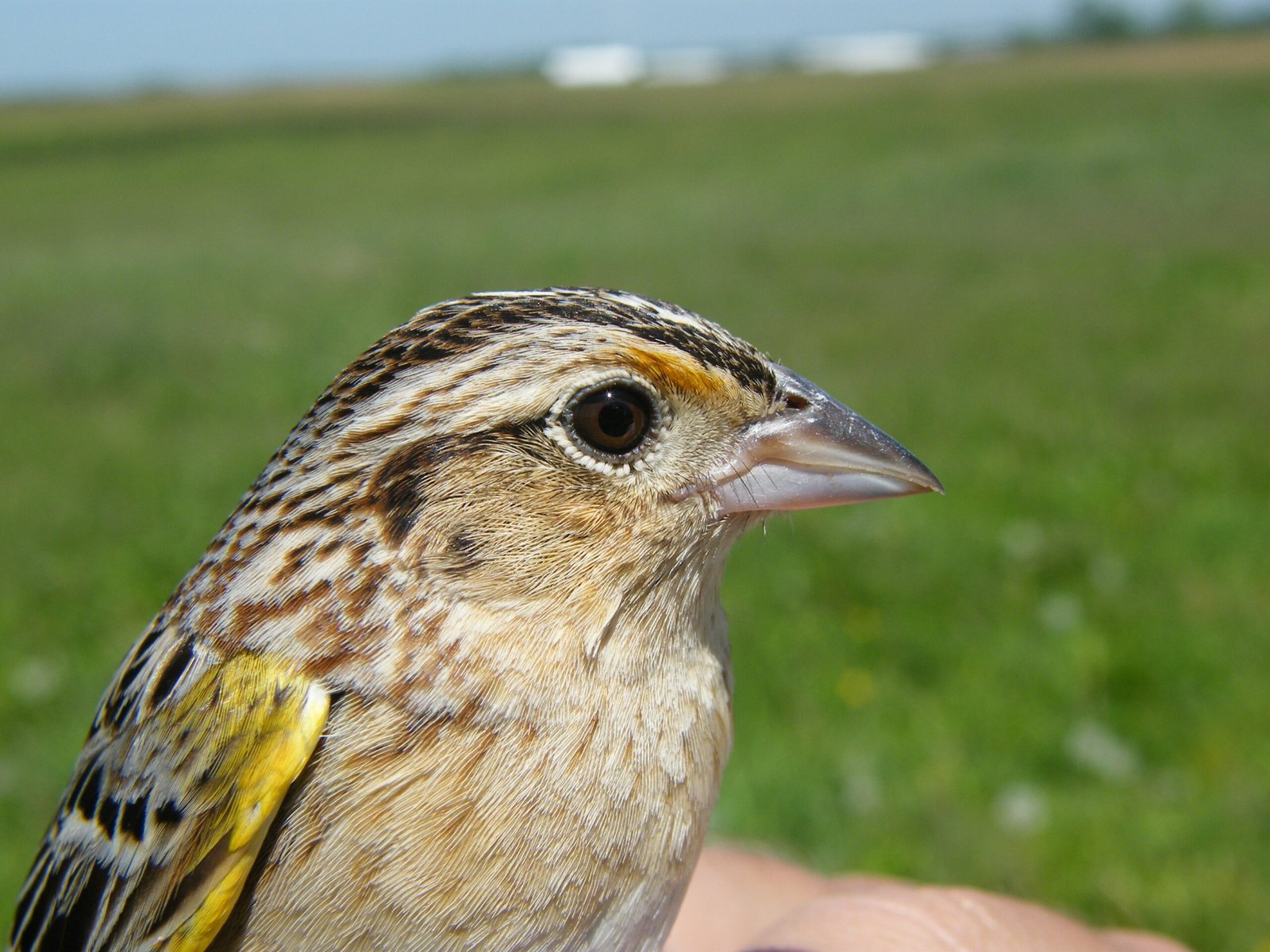
Florida holds two of the most closely watched birds in the country: the Florida grasshopper sparrow of the dry prairies and the Cape Sable seaside sparrow of the Everglades. After a free fall to just a few dozen singing males, the grasshopper sparrow is inching back thanks to a multi‑year, captive‑breeding effort that surpassed one thousand released birds by mid‑2024, with wild nesting now documented. Meanwhile, the Cape Sable subspecies remains federally endangered, having declined by roughly about two thirds since the early 1980s as water management and habitat shifts reshaped its marl prairies.
The lesson is stark: when fire, water, and grazing fall out of balance, ground‑nesters vanish. Restore hydrology and manage fire wisely, and birds return, often faster than we expect. These sparrows sing of risk – and of the power of precision conservation.
Why It Matters
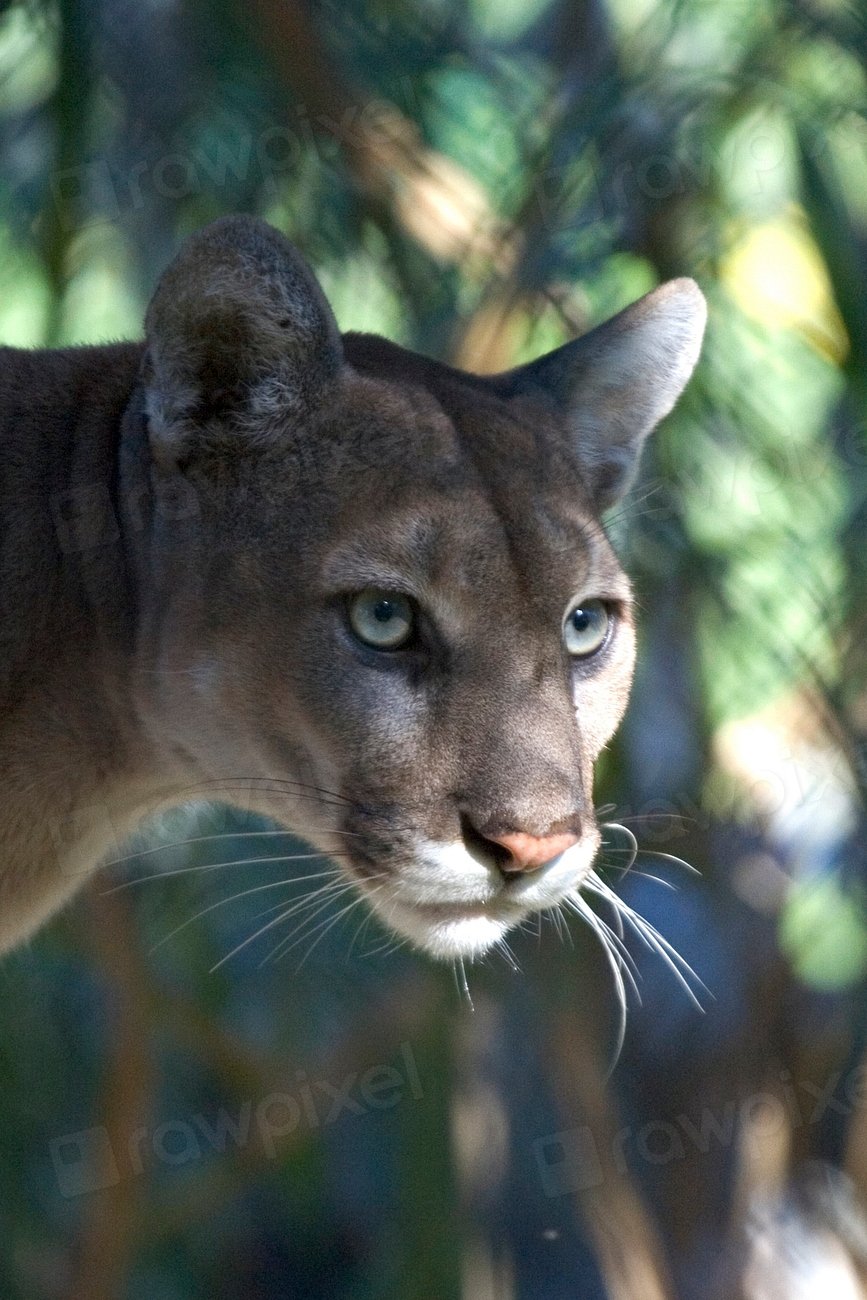
Endangered species are not just rare collectibles; they are working parts of Florida’s natural infrastructure. Panthers keep deer on the move, shaping vegetation; beach mice stabilize dunes that blunt storm surge; sawfish and sea turtles structure coastal food webs that sustain fisheries and tourism. Compared with yesterday’s playbook – protect a parcel, post a sign – today’s work leans on connected corridors, smarter roads, and landscape‑scale water management that defends human communities at the same time. In a state where millions live a few feet above sea level, every mangrove root and dune blade matters, and so do the animals that depend on them.
The cost of inaction shows up as flooded neighborhoods, collapsing fisheries, and lost outdoor economies, not just empty checklists. Protecting these 11 species is really about protecting home.
The Future Landscape
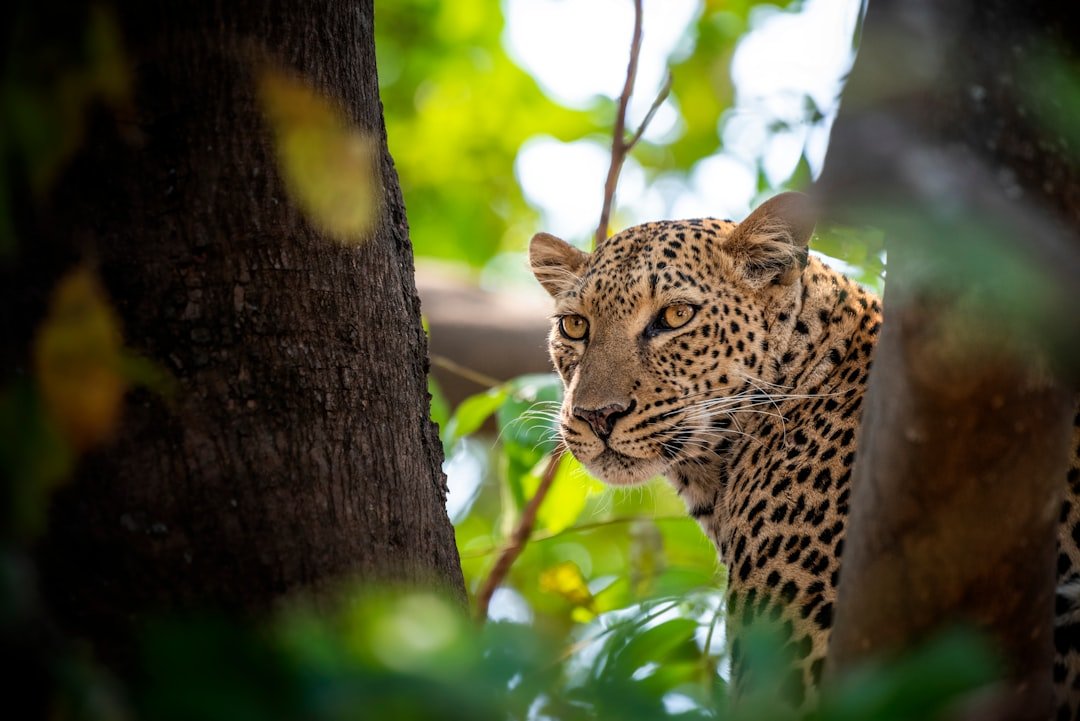
Expect conservation in Florida to look more high‑tech and more local at once. Acoustic networks will track bonneted bats in real time while eDNA samplers sniff out sawfish and turtles invisibly moving through dark water; drones and AI will scan prairies for sparrow nests without trampling a single blade. Wildlife crossings and targeted fencing – paired with lower night speed limits in hot spots – can drive panther roadkills down if built where science points, not where budgets are easiest.
On the coasts, living shorelines and strategic dune restoration tighten the seams that beach mice and nesting turtles rely on, while inland water projects keep Everglades sparrow habitat from drowning or drying at the wrong time. The biggest challenges are political will and time: sea levels are rising, road lanes keep multiplying, and storms are stacking up faster than permits. The window is open now, but not for long.
What You Can Do Now
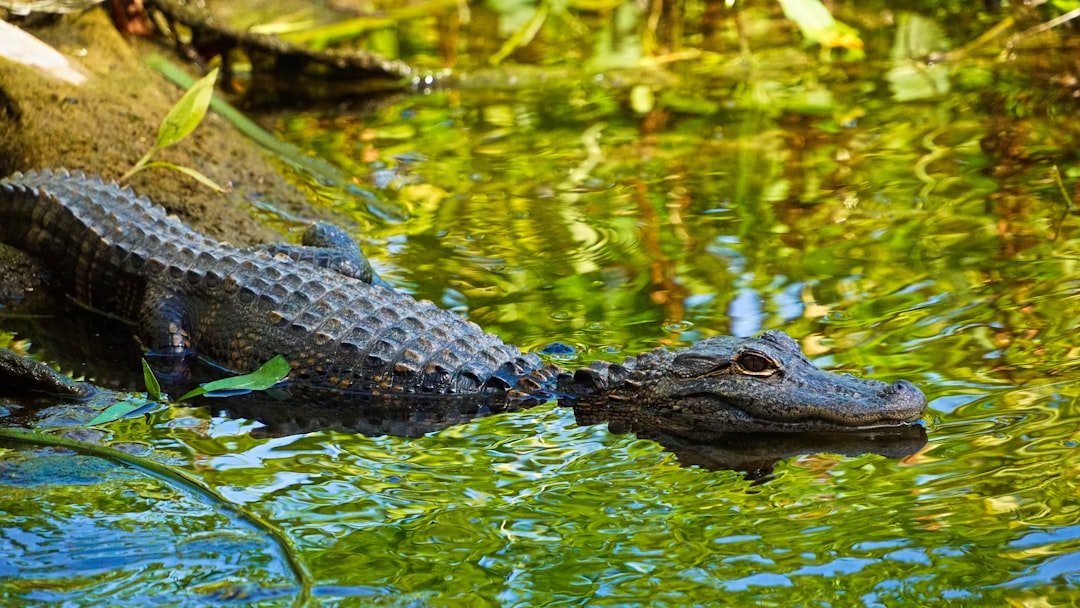
Keep beaches dark at night, fill in sand holes, and give nesting turtles a wide berth; small courtesies add up across hundreds of miles of sand. Drive slower in signed panther zones and report injured wildlife to state hotlines; one late‑night choice can save a cat. Plant native host plants, skip broad‑spectrum pesticides, and support local preserves that protect butterfly hammocks and bat roosts. Join land trusts and local watershed groups pushing for wildlife corridors and smarter water management, because policy is where wins scale. And if you’re able, back the scientists and nonprofits doing the tedious, essential work – tagging, counting, and restoring – so they can keep buying time for Florida’s wild neighbors.

Suhail Ahmed is a passionate digital professional and nature enthusiast with over 8 years of experience in content strategy, SEO, web development, and digital operations. Alongside his freelance journey, Suhail actively contributes to nature and wildlife platforms like Discover Wildlife, where he channels his curiosity for the planet into engaging, educational storytelling.
With a strong background in managing digital ecosystems — from ecommerce stores and WordPress websites to social media and automation — Suhail merges technical precision with creative insight. His content reflects a rare balance: SEO-friendly yet deeply human, data-informed yet emotionally resonant.
Driven by a love for discovery and storytelling, Suhail believes in using digital platforms to amplify causes that matter — especially those protecting Earth’s biodiversity and inspiring sustainable living. Whether he’s managing online projects or crafting wildlife content, his goal remains the same: to inform, inspire, and leave a positive digital footprint.

